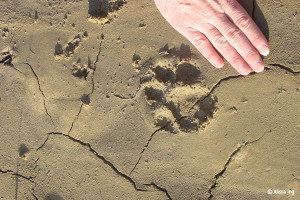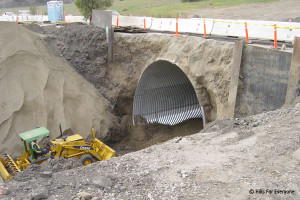 Below are other research papers and bibliographies regarding wildlife corridors, connectivity, and the Puente-Chino Hills Wildlife Corridor.
Below are other research papers and bibliographies regarding wildlife corridors, connectivity, and the Puente-Chino Hills Wildlife Corridor.
California Biodiversity News. 1997. Wildlife “Corridors” Save Species From “Islands” of Habitat (PDF – 115 KB)
Isolation of species due to development impacts the long term survival of species.
Noss, Dr. Reed, Dr. Paul Beier, and Dr. William Shaw. 1998. Evaluation of the Coal Canyon Biological Corridor (PDF – 252 KB)
With the protection and restoration of Coal Canyon, species will be able to migrate between the Santa Ana Mountains and Chino Hills.
Beier, Paul and Barrett, Reginald. 1993. The Cougar in the Santa Ana Mountain Range, California. (PDF – 9.6 MB)
A study of the cougar in the Santa Ana Mountains over five years indicates specific areas wildlife are using to move from area to area.
 Scientific American, Sarah Graham. 2002. Large-Scale Study Shows Wildlife Corridors Benefit Fragmented Ecosystems (PDF – 79 KB)
Scientific American, Sarah Graham. 2002. Large-Scale Study Shows Wildlife Corridors Benefit Fragmented Ecosystems (PDF – 79 KB)
Wildlife corridors enhance crucial plant and animal interactions and significantly increase plant pollination.
San Gabriel and Lower Los Angeles Rivers and Mountains Conservancy. Partial List of Studies/Reports Conducted in the Puente-Chino Hills (PDF – 64 KB)
A bibliography for studies and reports on the Puente-Chino Hills.
Whittier College Symposium. 1994. Natural Resources in the Puente Hills-Chino Hills Corridor: Implications for Land Use and Planning (PDF – 156 KB)
Abstracts from A Symposium at Whittier College March 18 & 19, 1994